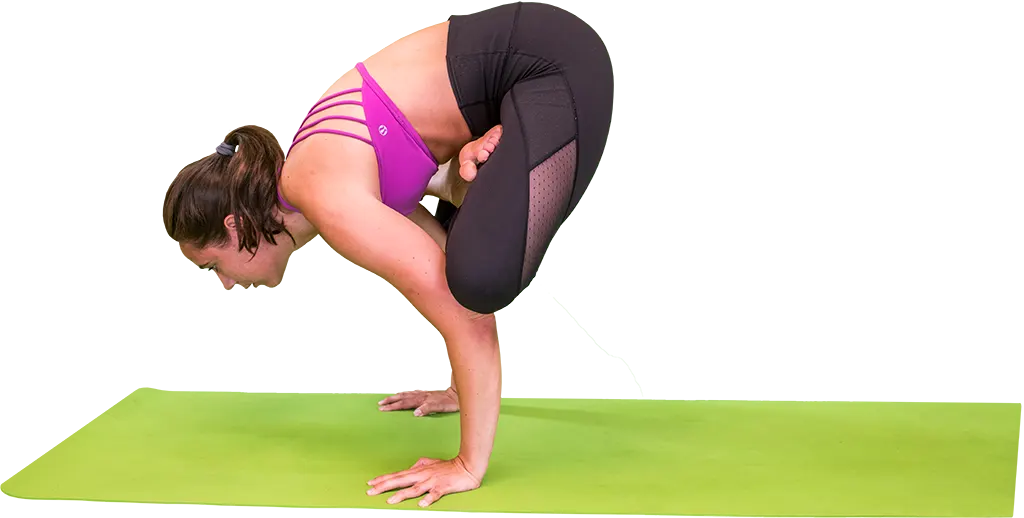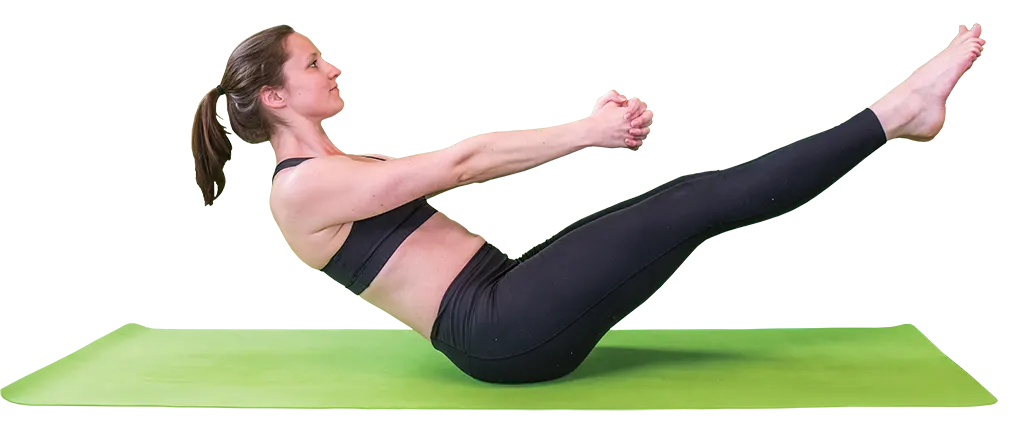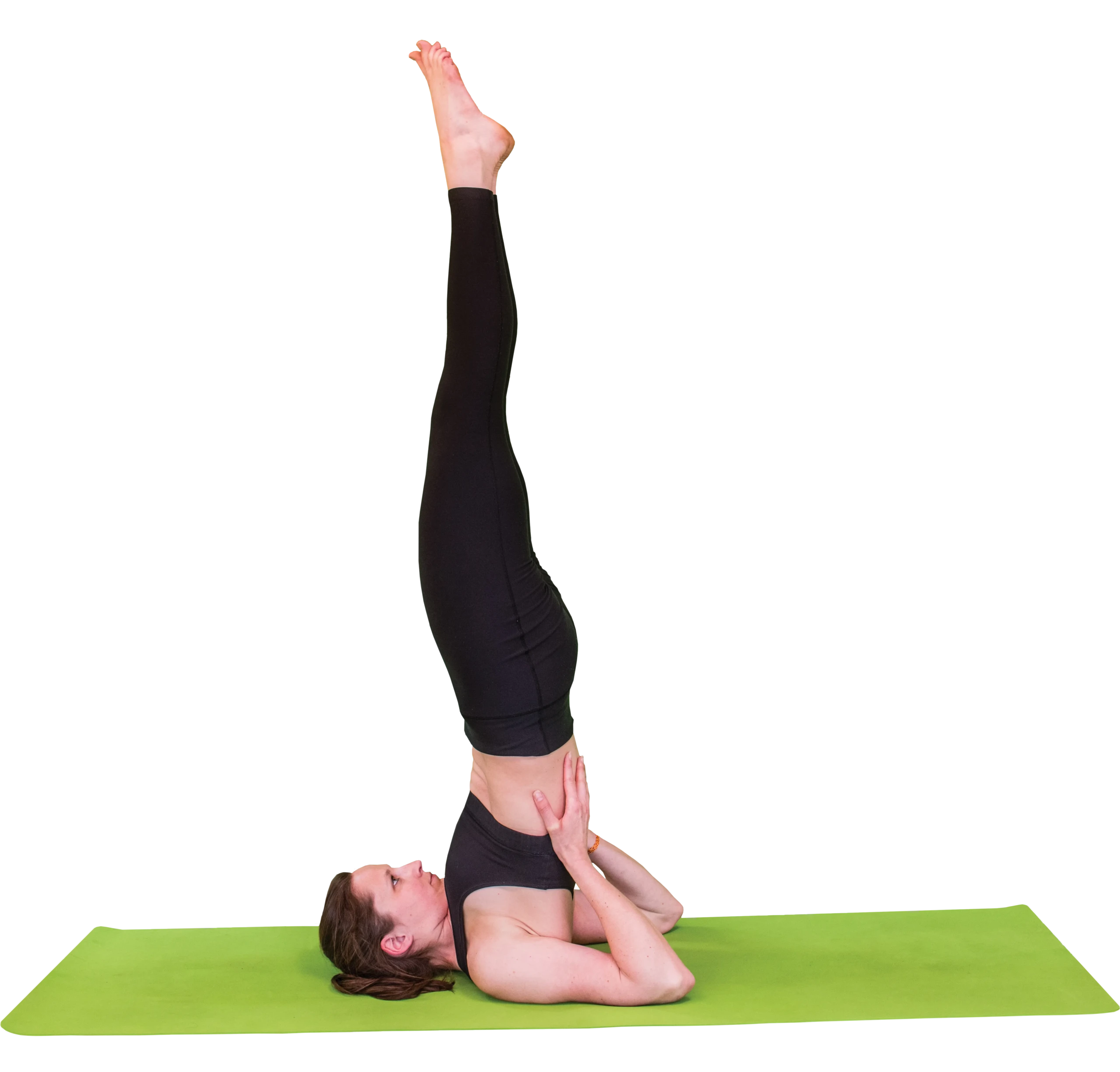
Padma Bakasana
Lotus Crane Pose
Meaning: padma = lotus / baka = crane
Table of content
Preparation
Method 1
Sit in Vajrasana. Come into tabletop position – palms on the floor with wrists under shoulders, knees together, feet together flat on the floor. Inhale, exhale, and relax.
Method 2
Sit in Padmasana (Lotus Pose), place the palms by the sides of the hips with the fingers pointing forward. Inhale, exhale, and relax.
Getting into position
Method 1
Come into Salamba Shirshasana (Tripod Headstand Pose: Hands and head on the floor in a triangle). Move the legs into Padmasana by placing the right foot on the upper left thigh and the left foot on the upper right thigh. Inhale. Exhaling, lower the legs and rest them on the backs of the upper arms, as close to the armpits as possible (activating arms and hands to maintain balance). Inhale. Exhaling, press palms into the floor, straighten your arms, lift the torso upward, and raise the head. Hold for a few moments to allow the body to adjust. Inhale. Exhaling, straighten the arms and lift the buttocks upward. Hold with normal breathing for as long as comfortable.
Method 2
Using your hands, come up onto your knees and place the arms straight and strong in front of you. Exhale. Inhaling, press the palms down into the floor (fingers spread as wide as possible), lift the crossed legs and hips up and slide the legs up from forearms to upper arms (lift and directly place by activating core if possible), and rest the knees on the upper arms. Press palms actively against the floor and look forward, focusing on a fixed point for balance. Hold with normal breathing for as long as comfortable.
Coming out of position
Method 1
Slightly relax the body. Exhale. Inhaling, raise your knees. Uncross the legs one at a time. Exhaling, lower your legs down to the floor. Come back into Vajrasana. Inhale, exhale, and relax.
Method 2
Slightly relax the body. Inhale. Exhaling, bend the elbows, and slowly lower the forehead toward the floor (if needed). Inhaling, slide the legs out from your arms, carefully bring the knees to the floor, and lower down into Padmasana under control. Uncross the legs one at a time. Inhale, exhale, and relax.


